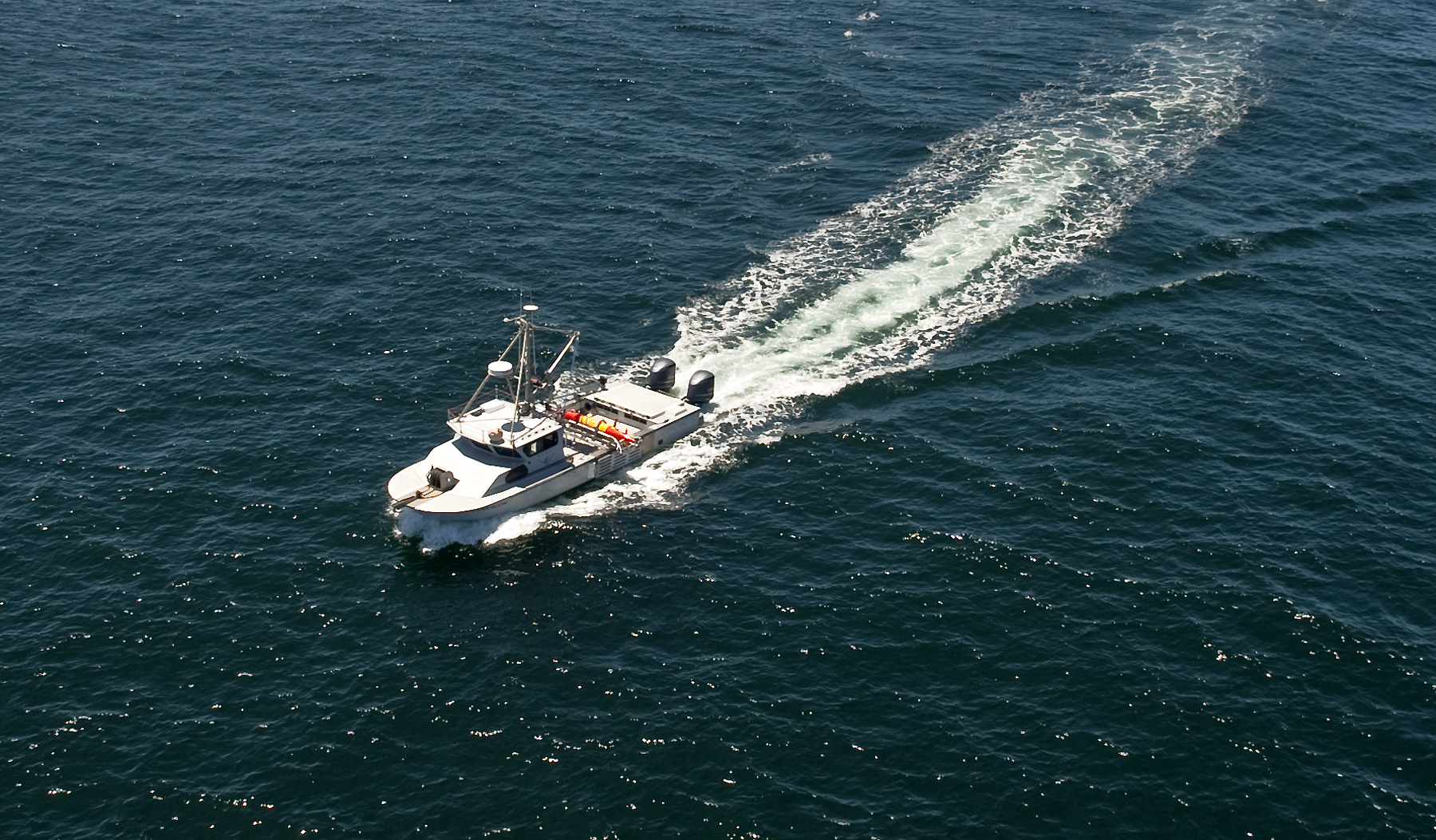NOAA’s U.S. Integrated Ocean Observing System (IOOS®) Office announced 11 new five-year cooperative agreements that support the continued growth, expansion, and modernization of our nation’s coastal, ocean, and Great Lakes observing capabilities. In the first year, the Central and Northern California Ocean Observing System (CeNCOOS) and the Southern California Coastal Ocean Observing System (SCCOOS) will jointly receive over $7 million to cover observing efforts along the California coastline.
“More than 40% of the U.S. population lives along the coast, and even more rely on the ocean, coast, and Great Lakes for their livelihoods, weather, and services every day,” said Carl Gouldman, Director, U.S. IOOS Office. “The IOOS Regional Associations link on-the-ground needs to our national system, ensuring its flexibility, responsiveness, and diversity while coordinating a network of regional coastal observing systems.”
The California Ocean Observing Systems (i.e., CeNCOOS and SCCOOS) were established in 2004 as consortia of scientists and stakeholders who recognized the fundamental need to provide near real-time oceanographic observations and model products to diverse regional communities in California, including managers and planners, operational decision- makers, scientists, traditionally underrepresented and underserved communities, and the general public.
“This renewal of funding builds upon our capabilities to understand ocean physics and to provide needed information on biogeochemistry, biology and ecosystems” said Henry Ruhl, Director, CeNCOOS. “We will continue to collaborate with regional, state, and federal, and tribal partners to provide high-priority ocean and coastal information in relevant and useful formats.”
“In the next five years, CeNCOOS and SCCOOS aim to integrate several advanced observing technologies to fill critical gaps in biological and ecosystem observing and continue critical long-term, high-quality real-time water quality measurements,” said Clarissa Anderson, Executive Director, SCCOOS. “This includes funding to support a world-leading network of robotic microscopes called Imaging FlowCytobots installed at piers and offshore moorings throughout California to continuously monitor planktonic organisms and provide an early warning of harmful algal blooms. ”
Over the next five years, the California Ocean Observing Systems will maintain and grow its four focus areas: predicating climate variability and change; safe and efficient transportation and commerce; preparedness and risk reduction for coastal communities; and healthy ecosystems, fisheries, and water quality. CeNCOOS and SCCOOS utilize a ‘systems approach’ to join real-time observations and model forecasts, data systems and information products to better support decision-making related to ocean processes and environmental changes, including those related to extreme weather, harmful algal blooms, ocean acidification and hypoxia. Ocean observing data and products will be integrated into a single, state-wide Data Portal to better support readiness and resilience to climate change and coastal hazards by providing managers and stakeholders with streamlined access to state-of-the-art data, tools, training and expertise.
These California cooperative agreements are a fundamental part of our nation’s ocean observing system. Federally certified to gather and manage high-quality observing data, the Regional Associations interact with local stakeholders and coastal communities to incorporate regional needs into the national system. Regional efforts give these diverse groups—including state, local, and tribal governments, national partners, academia, and local networks—a voice in shaping a responsive and flexible national observing system. These community-based regional systems are paired with the national system to establish and maintain a network of people, technology, and data. This network is customized to meet regional needs that helps us understand and forecast changes in our ocean and climate, prepare for and respond to coastal disasters, and balance the needs of resource use, economic development, and environmental stewardship.
The funds are awarded through a competitive process that includes funds from U.S. IOOS along with NOAA’s National Ocean Service, Office of Oceanic and Atmospheric Research, National Weather Service, NOAA Fisheries, Office of Marine and Aviation Operations; the U.S. Geological Survey; and the Environmental Protection Agency.
Contact(s): Alex Harper, CeNCOOS Program Manager, aharper@mbari.org and Megan Medina, SCCOOS Program Coordinator, memedina@ucsd.edu

